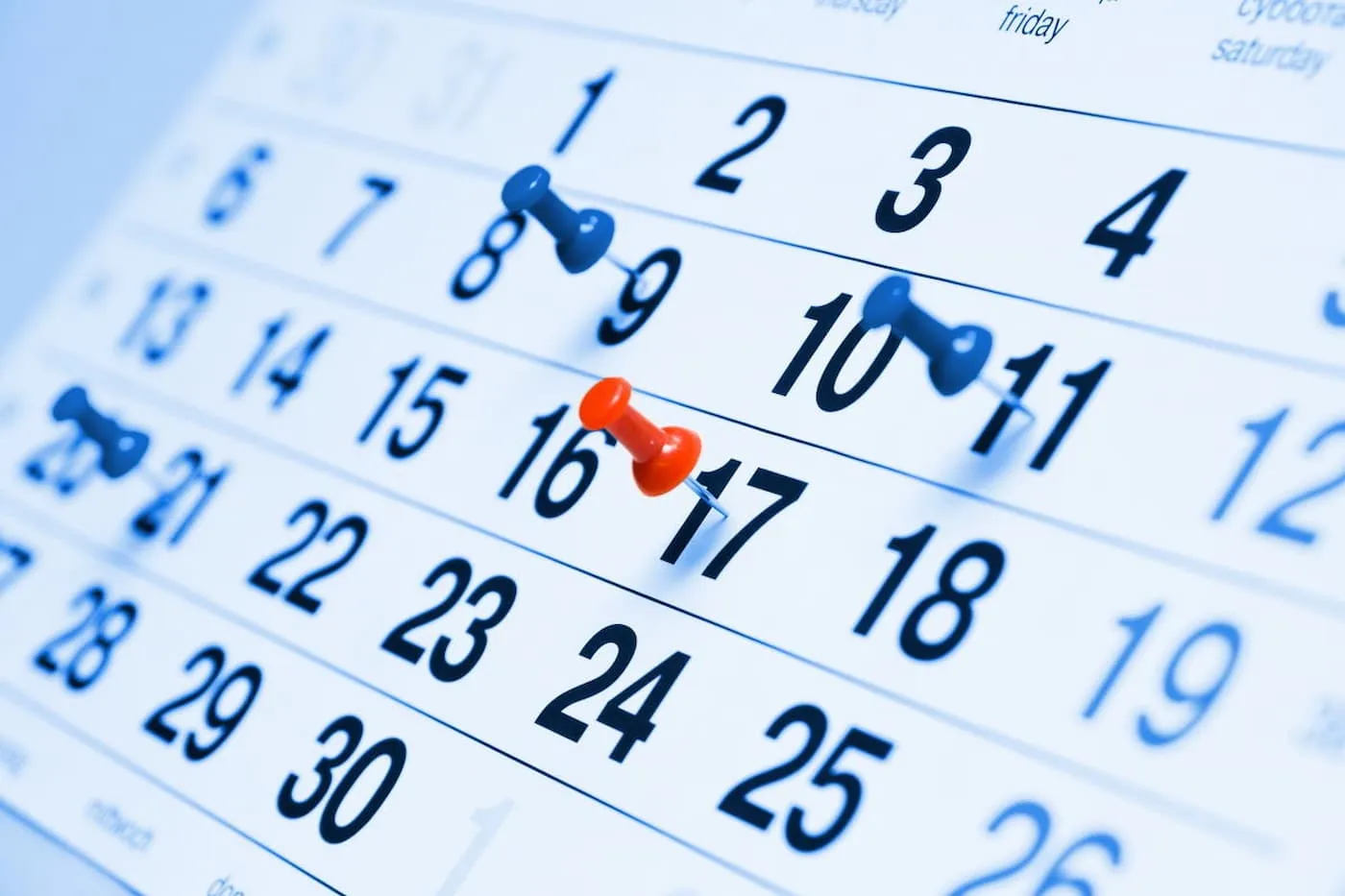Wondering how to write faster acupuncture SOAP notes?
If you’re like a lot of acupuncturists, SOAP notes can be a bit of a chore – if not downright frustrating at times. But, not only are SOAP notes critical for billing purposes, but they also protect you if you’re ever asked about your care at a future date. SOAP notes are also a critical part of ensuring that patients improve with time as they provide a baseline for measuring where they are today as well as their progress.
In this blog post, we’ll cover the basics of SOAP notes and how to write them faster so you can get back to doing more of what you love.
What is the SOAP Note Format and a Brief History
SOAP notes are the formal documentation of the treatment that you provided. “SOAP” is an acronym that provides a standardized approach for what to cover in your notes.
SOAP notes originated from a similar method of documentation called POMR – problem-oriented medical record in 1964 at the University of Vermont. POMR came about as a method to consolidate all patient records – coming from a variety of sources – into one single, concise record.
When SOAP notes were first introduced, they were only used by licensed physicians. Today, SOAP notes are considered the standard form of communication across the healthcare industry and are used by numerous healthcare providers, from acupuncturists to chiropractors to psychologists to massage therapists and beyond.
Read more: Progress Notes Examples
What Should be Included in Soap Notes? The Four Components of SOAP Notes
SOAP is an acronym that stands for the following:
- S = Subjective
- O = Objective
- A = Assessment
- P = Plan
The acronym is helpful because it provides a standardized way of structuring your documentation.
In the section below, we’ll discuss what type of content should be found in each of the four sections of the SOAP note.
Simplify your clinic with everything you need in one spot.
Yocale: Complete acupuncture practice management software
Start free
The Subjective Component
Just as it sounds, the subjective component of acupuncture SOAP notes discusses the patient’s condition as they communicate it to you. This section may even include direct quotes from the patient. The subjective portion of the SOAP note can also outline any changes in the patient’s status since their last visit.
Keep in mind that this section should contain more than just a pain score. Overall, the subjective section of the SOAP note should include:
- Patient’s main complaint
- Description of the symptoms
- Pain score (on a scale from one through ten)
- Past history – during the first appointment, this will be a much more complete history of the patient, including medical history, etc. In future visits, if the same condition is being treated, this section may only touch on any treatments the client has undergone and the results
- How the patient feels after the last treatment (i.e. better or worse)?
- Changes in activity
The Objective Component
The objective section outlines the objective (or measurable) findings you found during the treatment. For example, if you conducted any diagnostic exams, it would be documented in this section.
Beyond this, did you find any muscle spasms or trigger points? What is the pulse?
Keep in mind that this section should be very specific as it will provide the basis for treatment going forward. Put another way, you’ll want to avoid summaries or generalizations.
The Assessment Component
Based on the information provided in the Subjective and Objective portions, the Assessment section is where you will write the client’s diagnosis or at least possible diagnoses. Multiple diagnoses can also be provided.
If it isn’t the client’s first visit, you should also outline how the client is progressing toward their goals. Keep in mind that you should see changes over time in each of the above sections if the patient is responding to care.
The Plan Component
The final section of the SOAP note outlines what you did today (i.e. what points did you treat and how did you treat them) and what you plan to do in the future, which can include both short and long-term goals.
When writing what you did today, don’t just list an area – instead, name the specific points. The same goes for other treatments as well, whether gua sha or cupping.
Acupuncture practice management software – everything you need in one spot!
Yocale: Complete acupuncture practice management software
Streamline Your Clinic
Tips for Writing Acupuncture SOAP Notes
Here are some important things to keep in mind when writing SOAP notes:
- If you are treating a patient for a specific condition, it’s important to treat that specific condition. Put another way, you want to avoid making assumptions. Always ensure that you can defend why you treated the specific points that you did in case this comes up in the future.
- Wondering if your SOAP notes are detailed enough? A good rule of thumb is to think about whether another provider would be able to continue treatment if you were to leave the practice tomorrow. If the answer is yes, your notes contain enough information.
- While you’ll want to ensure that your notes are detailed enough, it’s still important that they’re not wordy. Instead, SOAP notes should be short and concise.
Tips for Writing Faster Acupuncture SOAP Notes
1. Use Checkboxes
One way to shorten your SOAP note writing is to create custom SOAP notes with checkboxes.
This eliminates the amount of time you have to spend writing.
2. Dictate Your Notes
Some people also prefer to dictate their notes – i.e. “speak” their notes.
3. “Visual Charting” – From Your Computer or on a Tablet

Another tip for writing faster acupuncture SOAP notes is via “visual charting” – i.e. replacing text with diagrams that you can circle on via your tablet or computer. With Yocale, you can simply pin trigger points/muscle spasms, etc. and make quick notes.
Again, this reduces the amount of writing necessary.
4. Use Acupuncture Practice Management Software
The last tip is to use acupuncture practice management software. Not only does it allow you to do all of the above (i.e. create custom SOAP notes with textboxes, voice dictation and visual charting), but it also allows you to insert commonly used text with a click. It also allows you to write and store your notes electronically, completely automating the filing process.
Apart from acupuncture clinics, many other businesses rely on a practice management software. Software for medical spa or psychologist scheduling software are among the top examples. They use a practice management software for many reasons, including (but not limited to):
- Online Booking – Reduce scheduling time by up to seven hours every week.
- Forms – Automate intake and consent forms; simply link them to the booking process and they’ll be automatically sent out when patients book online. Forms will be automatically saved in each client’s record.
- Appointment Reminders – Reduce no-shows by up to 86% with automatic text and email appointment reminders.
- Electronic Medical Records – Store all client files electronically.
- Invoicing and Payments – Automatically create invoices and accept payments online or in person, including upfront payments or deposits.
Write faster SOAP notes with custom SOAP notes, voice dictation and more.
Yocale: Complete acupuncture practice management software
Start free
Wrapping it Up
Acupuncture SOAP notes are critical for billing purposes, to protect yourself and for ensuring a high level of care for your patients.
While many acupuncturists find them to be a bit of a chore, the good news is that there are ways to make them much faster: by using checkboxes, dictating your notes, visual charting and using acupuncture practice management software in general.
Interested in learning more about acupuncture practice management software? Book a demo with a Yocale product specialist today.





